Sage Barlow Titanium Frameset review
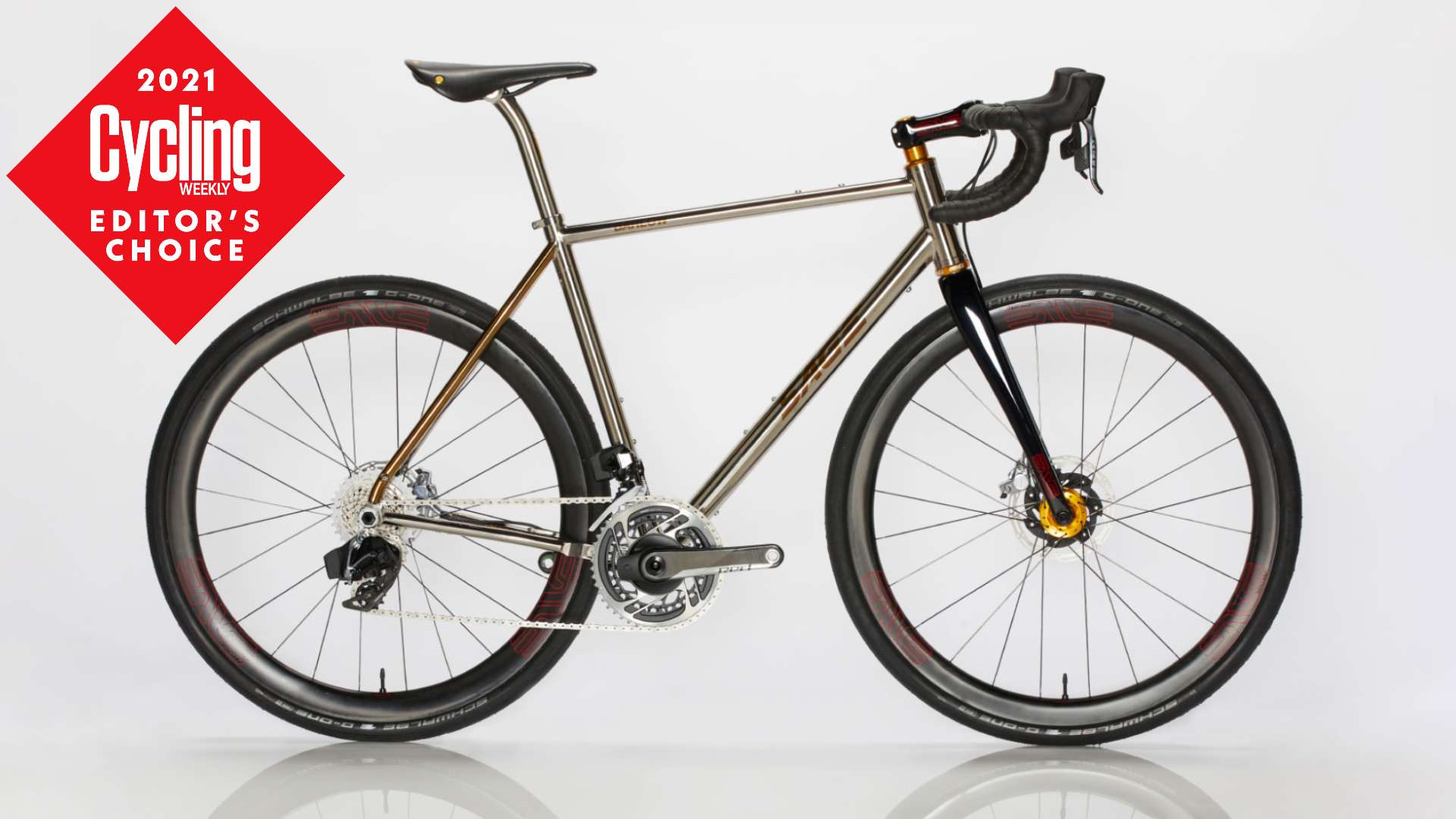
The biggest compliment I can pay the Barlow is that I looked forward to each ride with relish. And once on that ride I wanted to extend it further. A few extra miles on this bike was a pleasure thanks to its blend of comfort and playfulness. While I’m not sure it would quite eliminate the need for owning another drop-bar bike (or three), to be truthful there isn’t much it can’t do. And do it very, very well. So ‘one bike’? Perhaps not. But one hell of a bike? Certainly.
-
+
Classic looks with added longevity of titanium
-
+
Exceptional ride quality
-
+
Excels on varied terrain
-
-
Maximum tire clearance of 40mm may be limiting for more adventurous riders
You can trust Cycling Weekly.
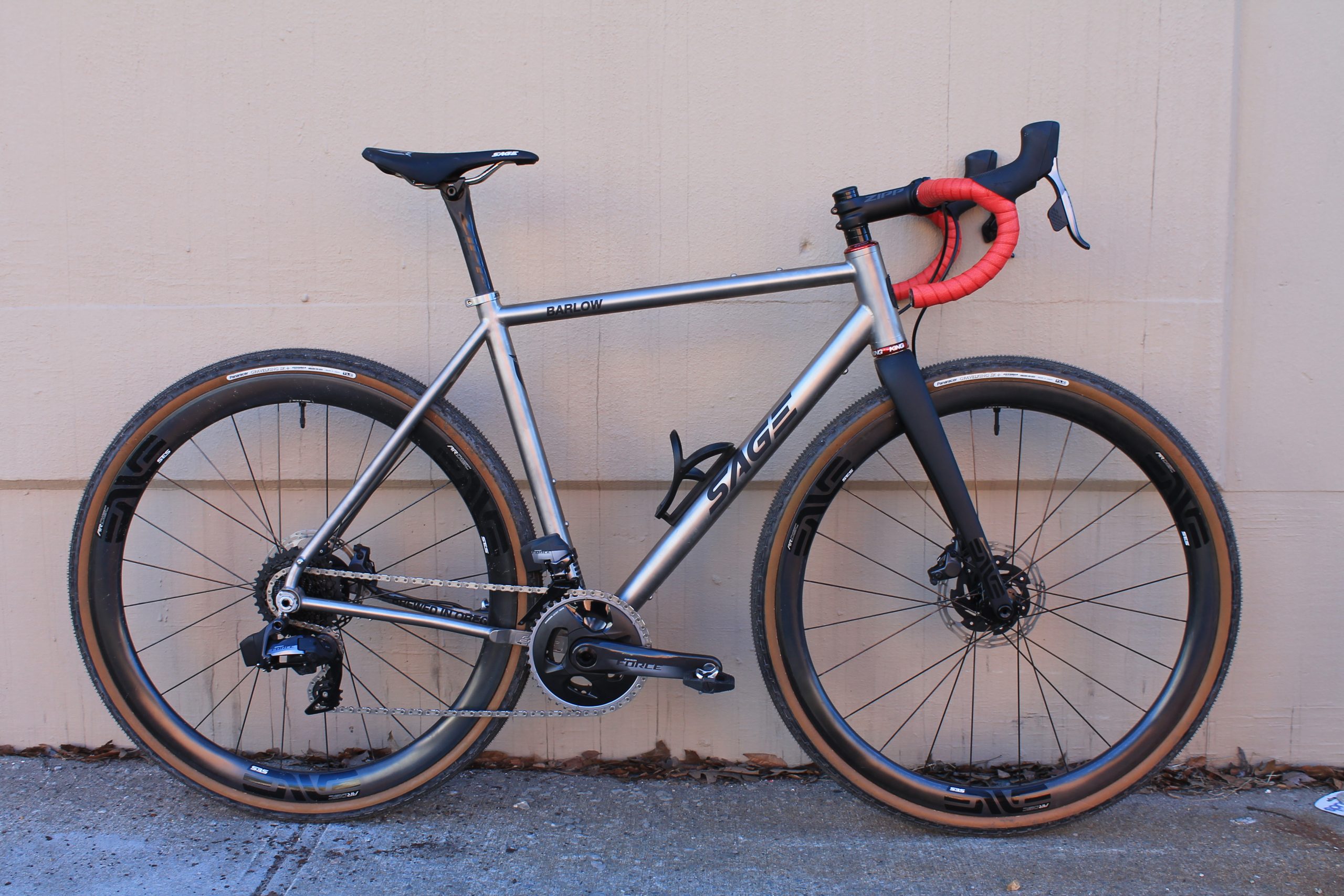
Price as reviewed: $10,550 (frameset $3700 w/ carbon fender fork; $3550 no fender fork )
It’s not uncommon for a modern gravel bike to be sold as a ‘do-it-all’ machine. As the niche has developed into a legitimate, and still expanding, category all of its own, the nuances of gravel riding are becoming more pronounced. There’s gravel racing. There’s off-road adventuring. There’s all-road endurance riding. Often our chosen route encompasses both paved and off-road sections. And then there’s the myriad types of gravel we can encounter, spanning tiny hardpack to large, loose rocks with plenty inbetween. So it’s no surprise that a bike brand would want to suggest that their latest gravel frame can handle it all.
The Barlow is one such machine. Sage, a Portland-based company who specialise in Made in the USA titanium frames, aren’t shy in positioning it as a Swiss Army knife of gravel framesets. ‘One bike to rule them all’ are its exact words. It’s a bold statement and a difficult thing to pull off without compromise. It left me both intrigued and looking forward to receiving a Barlow for review.
The frame
Out of the box the Barlow makes a serious first impression. The bike comes in a raw finish with a ‘Cerakote’ finish showing off the titanium tubing in all its elegant glory. The build quality shines through; the dropouts, for example, are beautifully designed.
I’ve never owned a titanium frame but I’ve always fancied one. Years ago the material held a strange allure for me; expensive, a little exotic but at its heart a material for the purist. In fact it was probably the people I knew who owned titanium bikes that really piqued my interest. These were serious riders; fussy yet unaffected by trends, they’d done their time on aluminium, carbon and steel. They had now progressed to a more refined material, one that you could only truly appreciate after logging 10,000 annual miles year after year after year. These people weren’t chasing wins or in more recent years Strava KOM’s. No, they were searching for enlightenment.
Looking at the Barlow, all this bike lust of my youth comes flooding back. It's classic in looks, like all titanium frames should be. After all this is a serious investment and the centerpiece of a bike that I suspect you’re buying to last if not a lifetime a good many years. This is not the place for quirks.
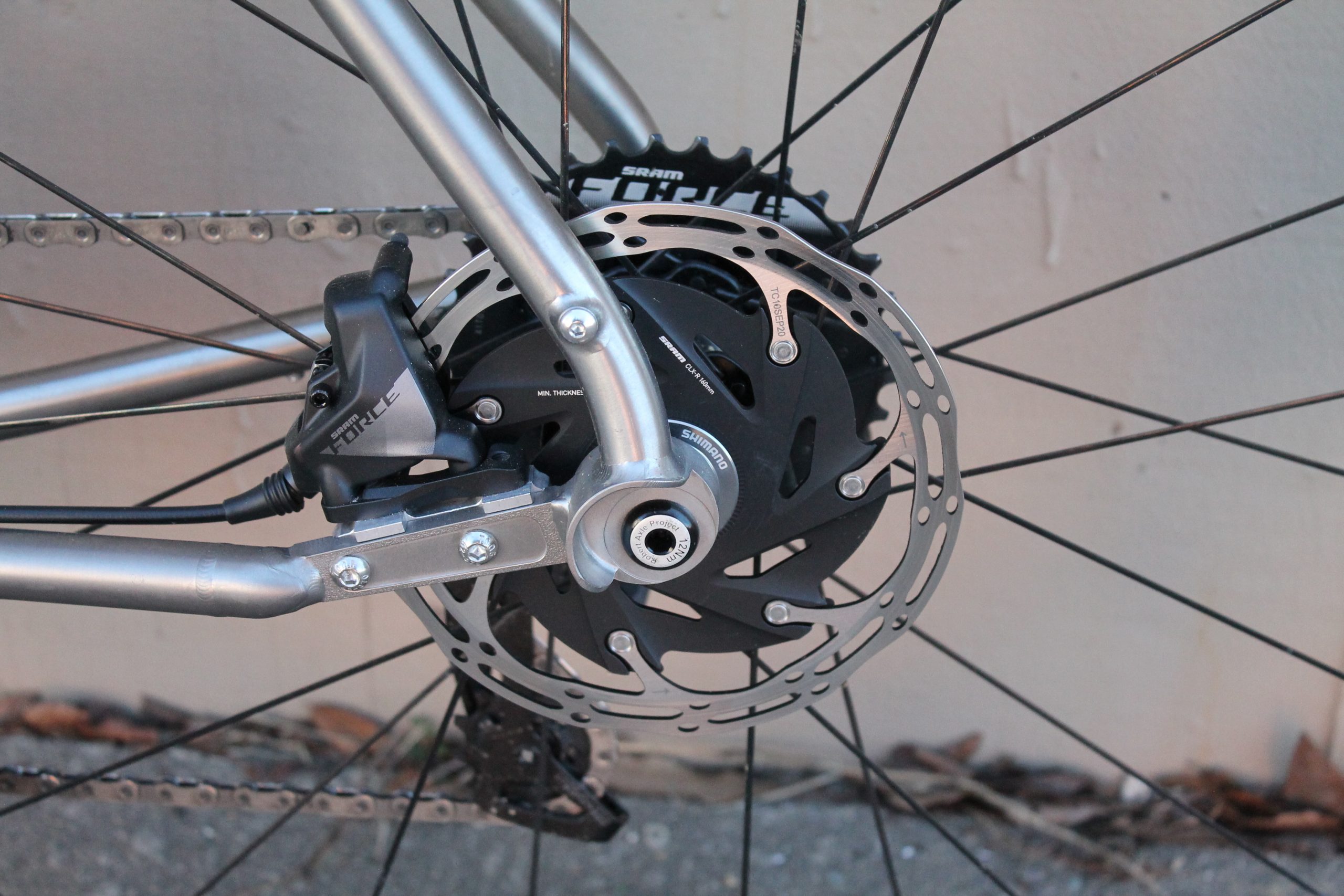
It’s made from 3/2.5 titanium; renowned for both its stiffness and its durability, while still being pretty light. The Barlow features Sage’s bi-oval downtube, which they say allows for a larger weld surface that in turn better resists torsion forces. This combines with a vertical oval at the headtube and a horizontal oval at the bottom bracket shell. In short, it’s designed to promote precise and confident steering with reduced flex when you decide to really put your foot down.
Other noticeable features include the wishbone seat stays. They look wonderfully refined, and are shaped for improved compliance. Paired with a 27.2mm seatpost and I have high expectations for a pretty plush ride. Additionally the 44mm oversized headtube catches the eye and points to plenty of front-end stiffness. To compliment this, Sage has opted for an Enve all-road carbon fork.
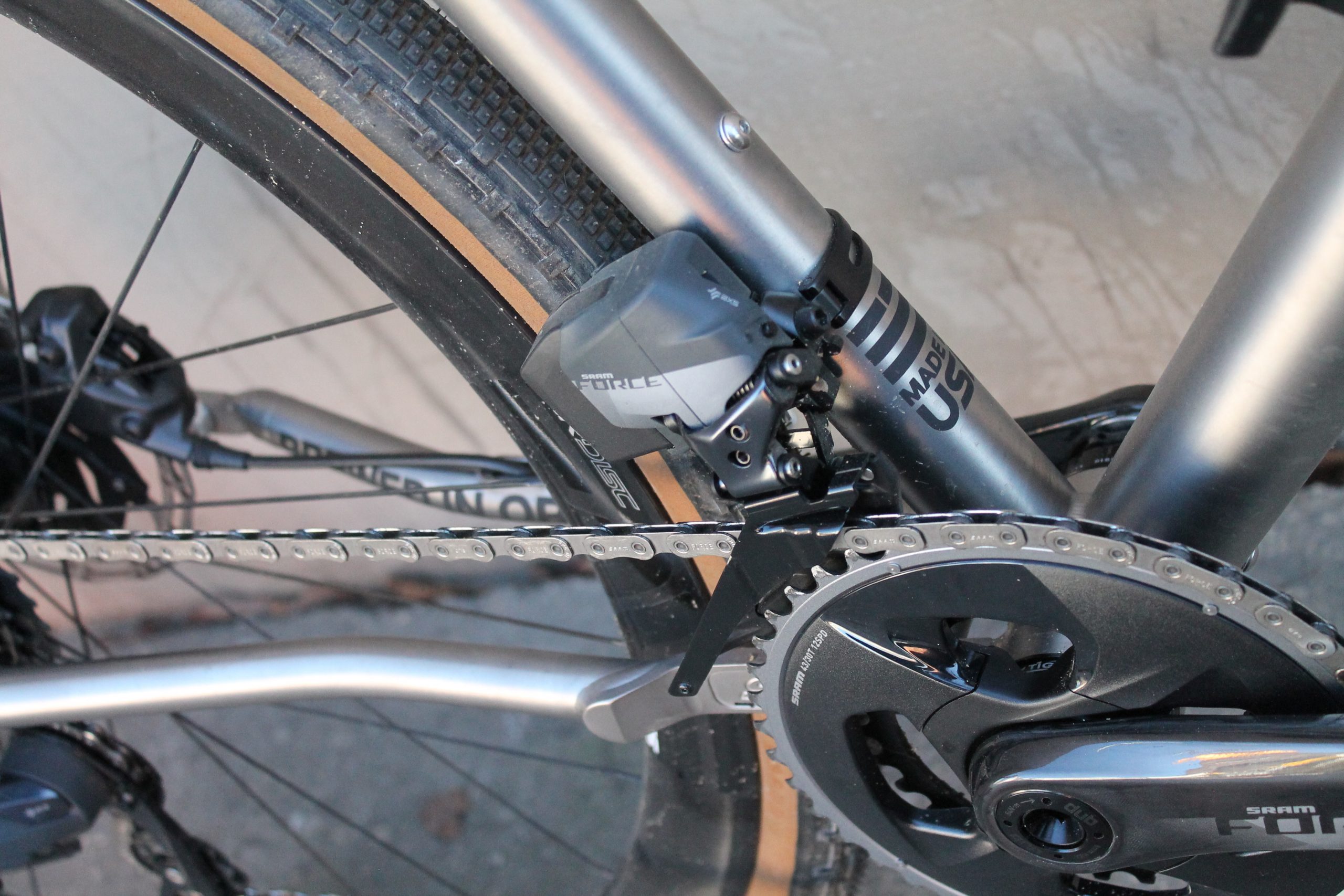
On closer inspection it's clear that Sage has balanced the timeless appeal of the material with a frame that’s modern in all the right places. There’s thru-axles and flat mount disc brakes. The bottom bracket utilizes the T47 standard, threaded for practicality and longevity yet oversized for stiffness. There are several mounts that make it bikepacking friendly. It’s patented cable clip system is neat and works with both mechanical and electronic shifting options. It features a single port on the downtube and a removable cable stop. If you’re running traditional cables, you get the benefits of external routing. If you opt for Di2 you simply remove the cable clip and route the wires externally. My test bike came with SRAM’s wireless Force AXS so the removal of the clip delivered a clean aesthetic.
Interestingly Sage have equipped the Barlow with a distinctive chainstay yoke that means you can run it with a traditional 53/39 double chainset and still use 40mm rubber. With many gravel bikes are built around 1x drivetrains or super-wide 2x set ups with sub-compact chainsets it’s intriguing that Sage has gone out of its way to ensure that bigger gears with bigger tires remains an option. I’ll discuss the merits of this at greater length when I surmise the ride qualities of the Barlow.
The build
Sage’s website allows you to easily and efficiently build the bike of your dreams. You can see the cost in real time as you play around with different options. My test rig came with a Zipp cockpit, the aforementioned SRAM Force AXS gruppo with an ultra wide 43/30t chainset matched with a 10-33t cassette and ENVE’s SES Disc wheelset shod with 35mm Gravel King SS tires. A Chris King headset rounded off this high-quality, no expense spared build. In addition you can customise the colour of the frame’s decals, leaving you with a bike that’s matched to both your needs and your desires.
The ride
During the first couple of spins I was taken with how much the Barlow felt like a traditional endurance road bike. I knew that Sage had used the aggressive geometry of its road frame, the Skyline, as a foundation, adding a few tweaks here and there. The idea was to retain the snappy handling but add in some additional comfort and stability for off-road enjoyment.
My 54cm frame translated to a 55cm effective top tube, so nothing unusual there. The headtube angle of 72.5 degrees is a tad slacker than the Skyline, while the chainstays and wheelbase are longer - 42.2cm and 100.3cm respectively. For a gravel bike that’s still on the shorter side of things and indicative of Sage’s desire to keep the Barlow as racey as possible. On those initial road rides it certainly responded like a true road machine. Not quite a race-ready rocketship (or maybe that was just my legs?) but a bike that accelerated quickly, climbed nicely and cornered and descended with real assurance. It felt light and responsive. In short, it wanted to go fast.
Thankfully though it also offered plenty of comfort. The stack height of 56.5cm helped put me in just the right position for longer days in the saddle. It never felt dull though, like some ‘endurance’ bikes can, but instead kept me relaxed which further facilitated its assured handling. This was particularly noticeable when I took the Barlow off-road. Unsure if the bike’s road credentials would mean a compromise on rough surfaces, I was pleased that while it remained sprightly and playful it also felt very stable too. Even on dry, loose gravel it resisted any hint of lateral slide. Instead it positively floated over the surfaces. Combined with the luxuriously smooth Enve wheels and the grippy Gravel King rubber and it meant you could really attack any off-road section.
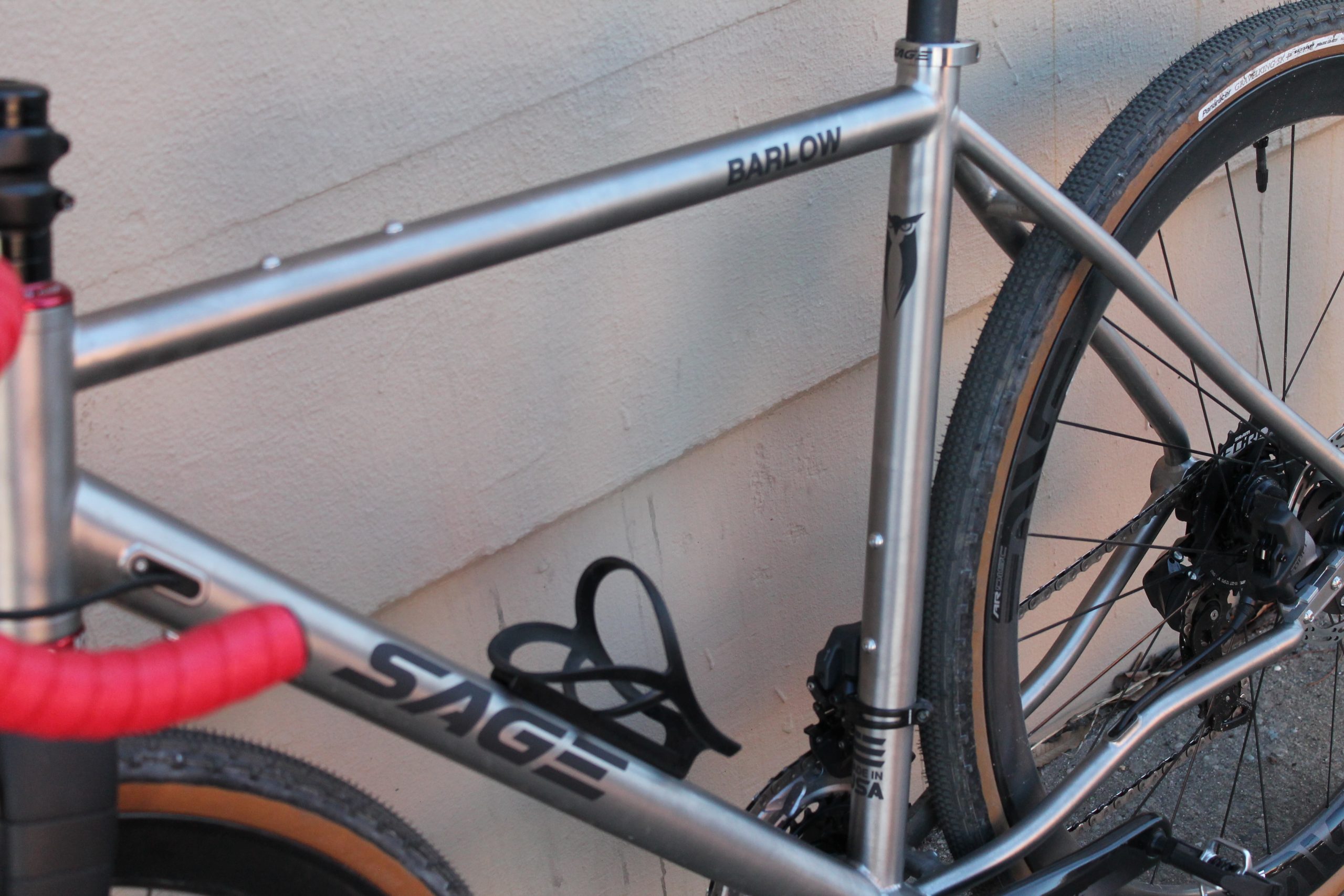
All of which had me wondering about the Barlow as an all-encompassing gravel sled. Had Sage really pulled it off and made the ‘one bike to rule them all’ a reality rather than just a tagline? For me the answer would be, not quite. Much of this centres around the Barlow’s maximum tire clearance of 40mm. If you’d told me even a few years back that I’d be questioning a drop-bar bike that offered ‘only’ 40mm of clearance I would have shot you a strange look as I continued to inflate my 23mm slicks to 120psi. But times, and tastes, have changed.
Firstly, I’d say that a 40mm front tire would be a pretty tight squeeze with the Enve fork. I went for a ride a few days after the East Coast snow had melted. Gravel tracks had become sloppy and strewn with debris. I had to stop several times to remove crud wedged between my 35mm front tire and the fork. Now this isn’t uncommon but if I was planning a long ride or a multi day adventure on varied terrain and well off the beaten path it could potentially be an issue.
Moreover, there are so many gravel tire options now that sit between 42mm and 50mm that the Barlow’s lack of clearance could be a tad limiting. Wide rubber makes so much sense if you’re going to be spending a lot of time on rough, off-road terrain. In fact, i’d go as far as to say that if you’re building a true off-road bikepacking drop bar machine that can hack some single track too, extra wide tire clearance is something of a prerequisite. Interestly, Sage produces another Ti gravel frame called the Storm King. It can fit 700c x 50mm or 650 x 2.4”. Which makes me think that the Barlow isn’t quite meant to be the quiver killer the marketing blurb would lead you to believe.
Rather the Barlow excels as a true all-road bike and as an out-an-out gravel racer. Here it exists with no compromise; the 35mm tires feel like a true sweet spot as I switch from paved to unpaved surfaces. Each ride lasted a few hours but I was left feeling like I could comfortably ride all day.
On paved rides it eats up the road. It rolls smoothly with just the right amount of feedback while still absorbing any excessive road chatter. But as soon as you give it the nod it’s ready to accelerate. Essentially this is what a great all-road frame should deliver; comfort in spades but with a snappy agility that allows you to have plenty of fun too. The fact that you can run it with a traditional road drivechain only adds to its true all-road functionality. The list of bikes that truly shine both on a fast-paced club run and an all-day adventure in the rolling hills on broken tarmac isn’t a particularly long one. I'll certainly be adding the Barlow to it.

Equally, if I was in the market for a gravel race bike then the Barlow would make a whole lot of sense. It’s quick. It’s responsive. It’s comfortable over long distances. Which is pretty much all you could ask for when riding 200km in the dirt, desperate not to get dropped.
At this point I also want to give a quick nod to the SRAM Force AXS groupset. It proved to be the perfect companion to the Barlow. It compliments the frame’s broad usage with an extraordinarily wide gear range that worked on all surfaces and terrains I rode on. As for the wireless shifting, it was flawless. I used to sit on the fence when it came to electronic groupsets. Nice for sure but probably unnecessary for the most part. No more. SRAM AXS has firmly changed my opinion and I’ll be upgrading accordingly.
Both usages - long, varied road rides and multi-surface gravel routes - left me considering the magic of titanium. I marveled at just how quickly I felt at home on the Barlow. Much of this I attribute to the material and Sage’s skilled and considered use of it. In some ways it delivered the same ride qualities as steel. It has that beautiful spring to it, a frame full of life. Yet it felt a little stiffer too. I’ve ridden a couple of wonderful steel frames recently and the Barlow was subtly but discernibly different with regards to its stiffness.
Details
Frame: Sage Barlow 3/2.5 Titanium, Threaded BB, 12x142mm thru-axle, flat-mount disc, mechanical and electronic cable routing
Fork: Enve All-Road carbon, 12x100 thru-axle, flat-mount disc
Contact: sagetitanium.com

Thank you for reading 20 articles this month* Join now for unlimited access
Enjoy your first month for just £1 / $1 / €1
*Read 5 free articles per month without a subscription

Join now for unlimited access
Try first month for just £1 / $1 / €1
Get The Leadout Newsletter
The latest race content, interviews, features, reviews and expert buying guides, direct to your inbox!
Luke Friend has worked as a writer, editor and copywriter for twenty five years. Across books, magazines and websites, he's covered a broad range of topics for a range of clients including Major League Baseball, the National Trust and the NHS. He has an MA in Professional Writing from Falmouth University and is a qualified bicycle mechanic. He has been a cycling enthusiast from an early age, partly due to watching the Tour de France on TV. He's a keen follower of bike racing to this day as well as a regular road and gravel rider.
-
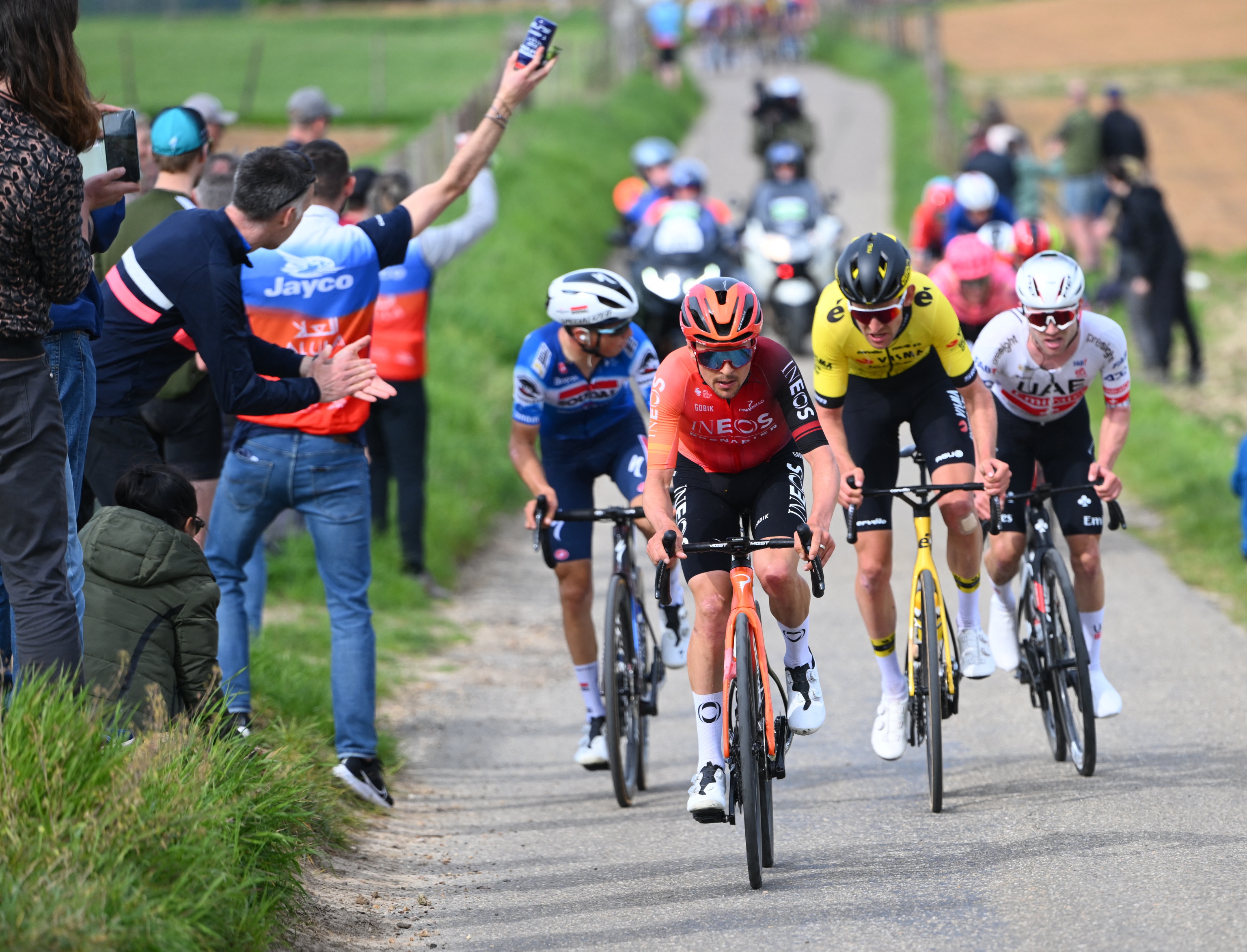 How to watch the Amstel Gold Race 2025: Everything you need to live stream the Dutch Classic
How to watch the Amstel Gold Race 2025: Everything you need to live stream the Dutch ClassicAll the broadcast information for the first of the Ardennes Classics on 20 April with Tom Pidcock – here's how to watch Amstel Gold Race online and on TV.
By Adam Becket Published
-
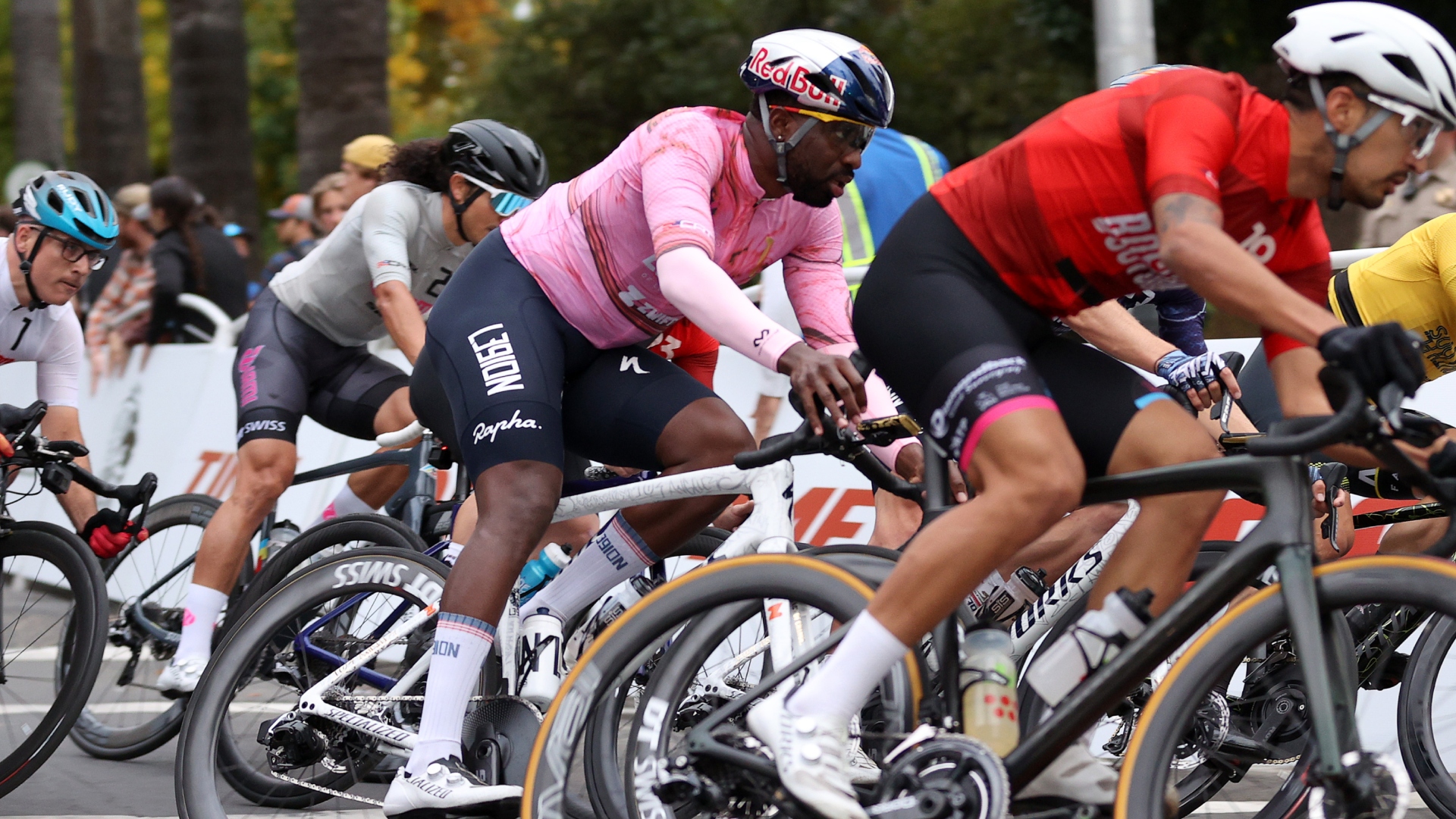 Can you make a living as an American domestic road racer? A look inside the part-time professionalism of the American road peloton
Can you make a living as an American domestic road racer? A look inside the part-time professionalism of the American road pelotonAfter decades of booms and busts, the American road scene finds itself in a fragile place. We spoke to riders to understand the reality of chasing the dream on home soil
By Logan Jones-Wilkins Published
-
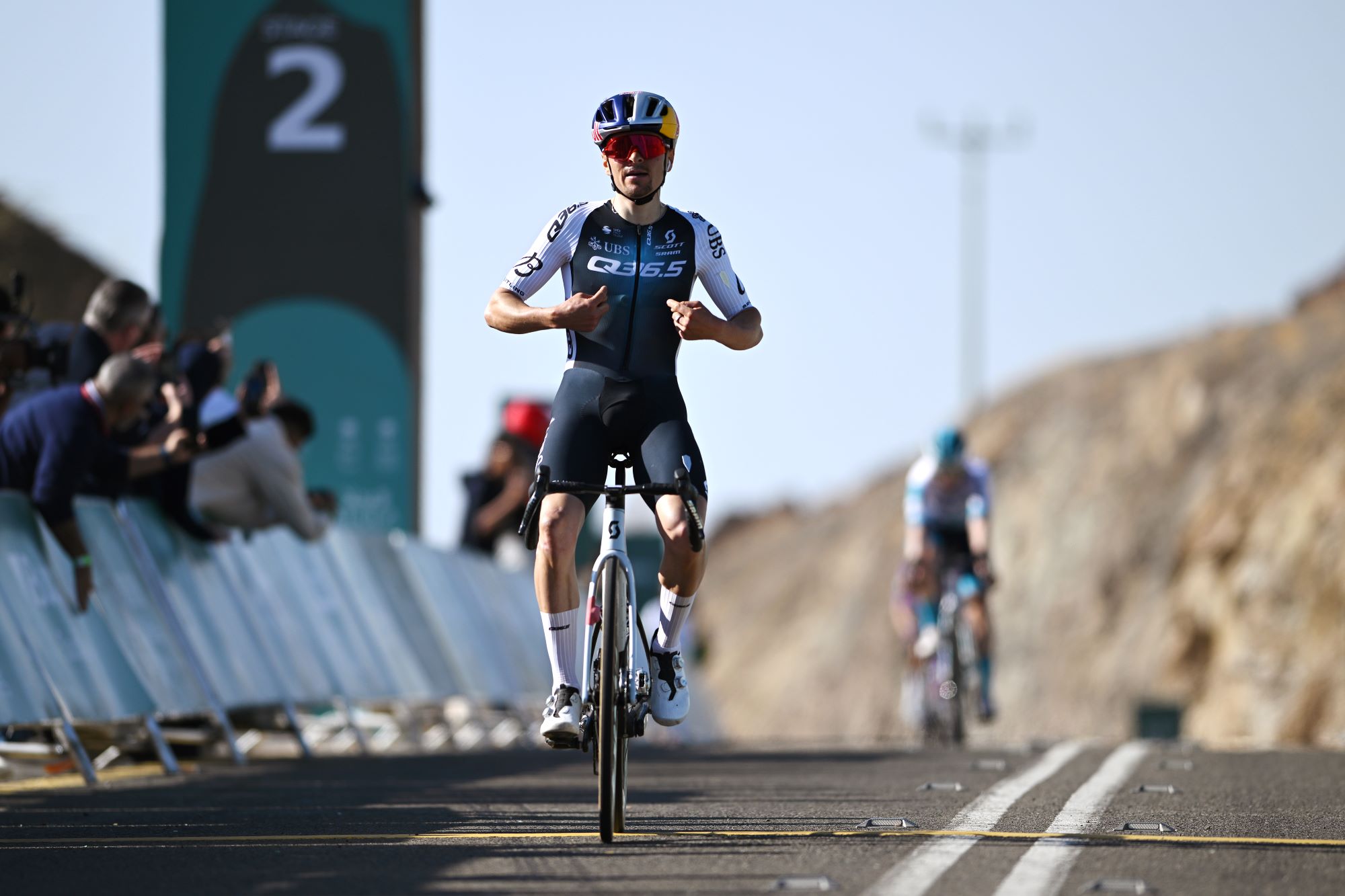 What does Q36.5 mean? We asked the people behind the Italian kit brand that sponsors Tom Pidcock's team
What does Q36.5 mean? We asked the people behind the Italian kit brand that sponsors Tom Pidcock's teamQ36.5's Luigi Bergamo and Lodovico Pignatti Morano take on Cycling Weekly's Q&A
By Tom Thewlis Published